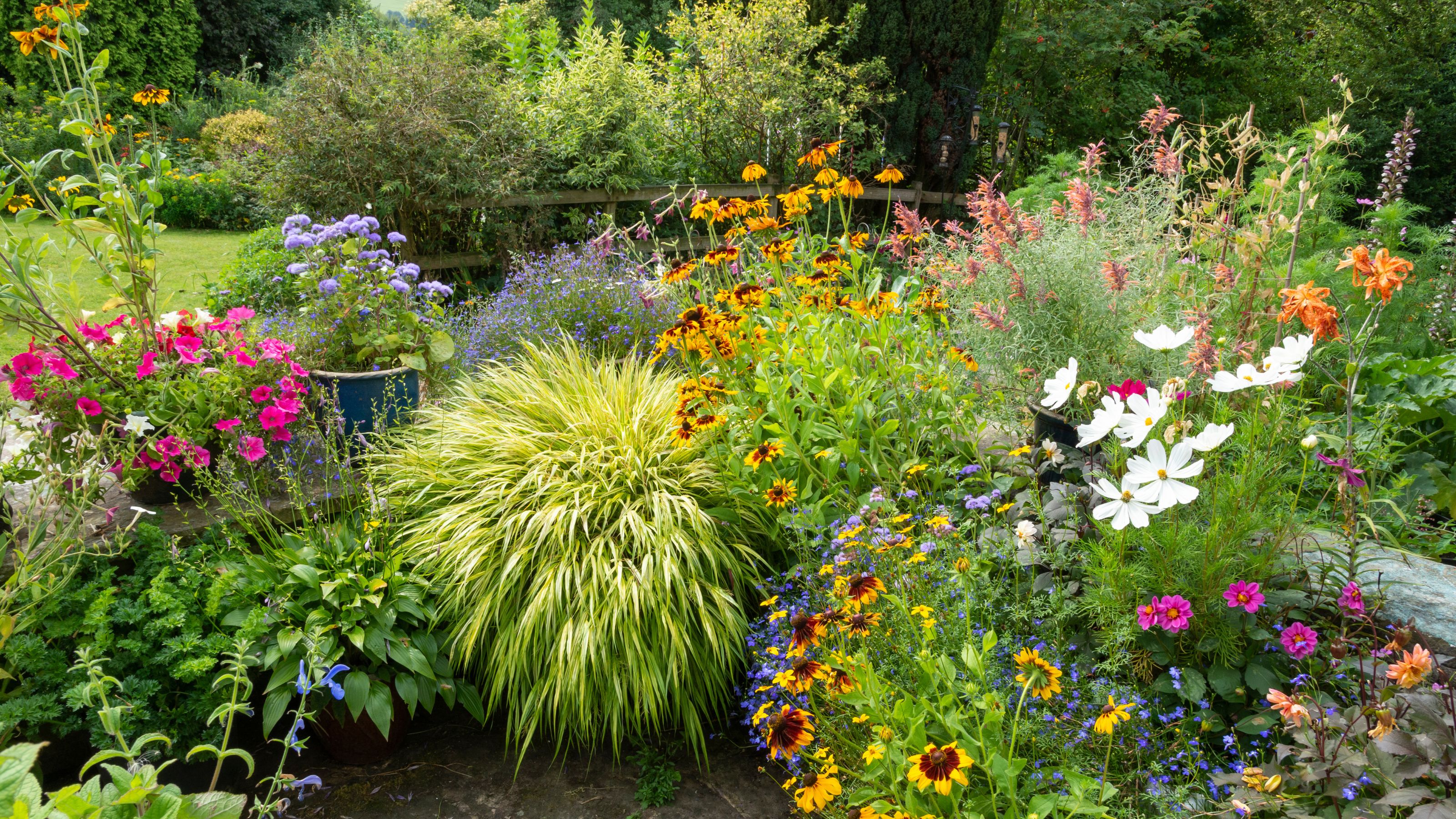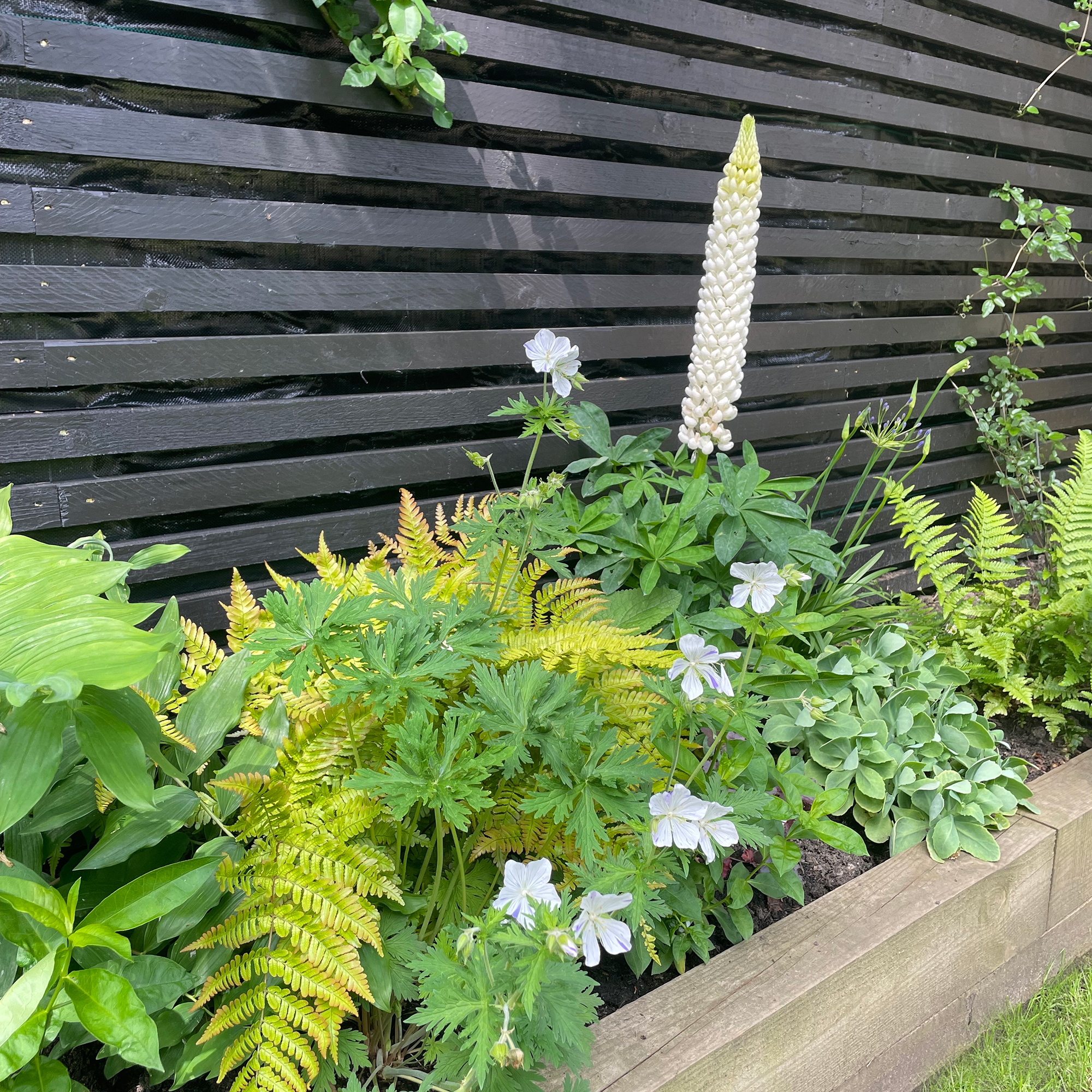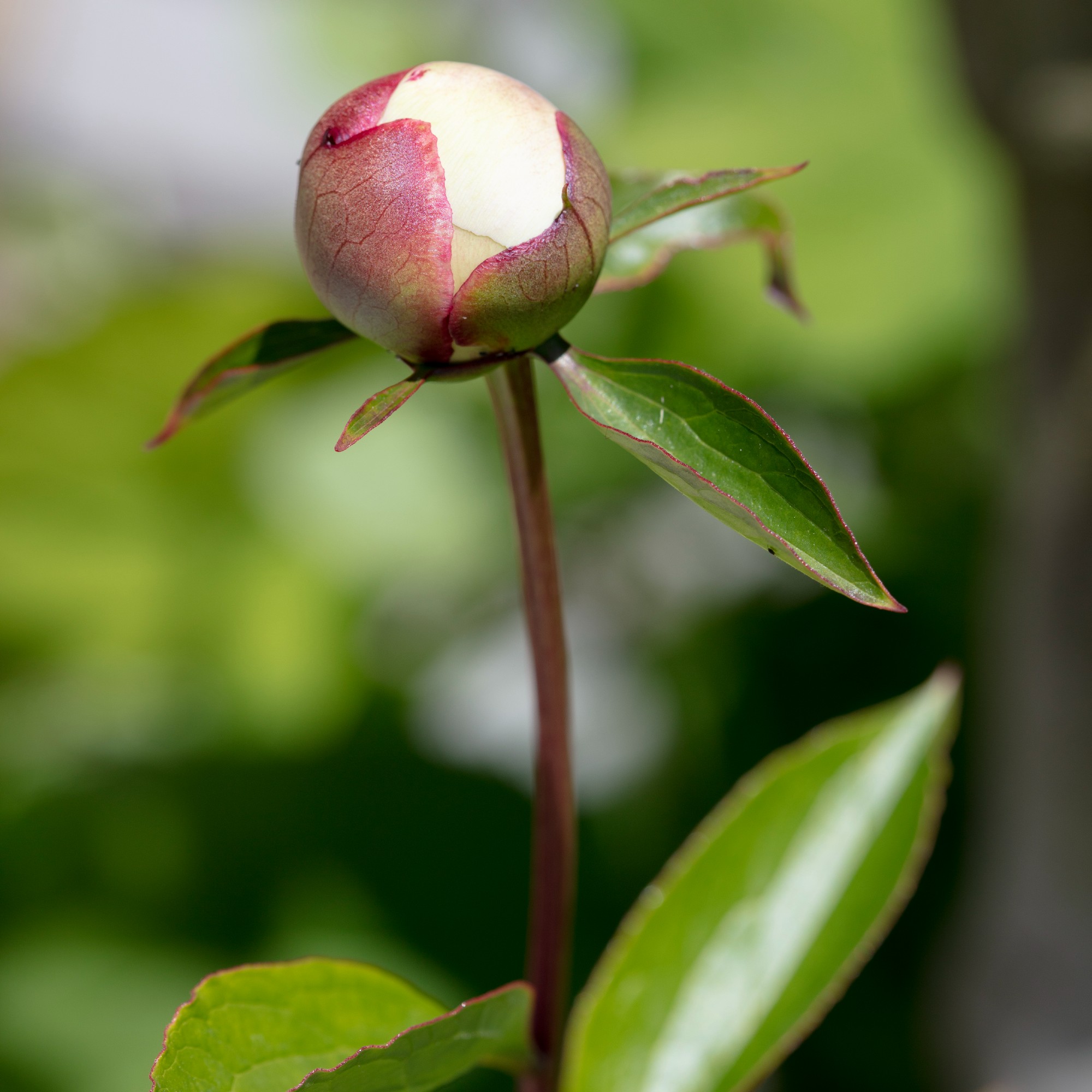How to divide perennials – an expert guide on how to get more plants for free
Dividing perennials isn't just a great way to boost plant health; it's also a brilliant way to multiply your plants


If there's one thing we can all agree on, it's this: gardening can be an expensive hobby. Learning how to divide perennials, then, is a must – especially if you fancy filling your flower beds with the best perennial plants for free!
That's right; one of those budget-friendly garden ideas that never goes out of style, we're incredibly fond of perennials and their ability to bloom year after year. Having more of them, then, can only be a good thing.
Even better? Dividing perennials is quite an easy gardening task to master, making it ideally suited to green-fingered types and beginners alike, and it's packed full of benefits for the plants to boot.
'The process of dividing perennial plants is relatively simple, and regular division offers so many benefits to plants like hostas, asters, daylilies and sedums,' says Morris Hankinson, director of Hopes Grove Nurseries.
'It’s a great way to get more plants for free and rejuvenate the original plant,' he adds.
As if you needed further reason to get to work on this project, Morris says that dividing perennials is a great way to 'prevent overcrowding in your garden, which will in turn prevent pests and the spread of disease due to poor air circulation'.
With that in mind, then...
Get the Ideal Home Newsletter
Sign up to our newsletter for style and decor inspiration, house makeovers, project advice and more.
What you'll need
The equipment you will need for this task depends on the type of perennial plants you'll be dividing.
As a general rule of thumb, though, it's a good idea to have the following to hand:
- A garden fork, such as the Spear & Jackson Weed Fork from John Lewis
- A garden knife, like the FLORA GUARD Professional Hori Hori Garden Knife from Amazon
- A pair of garden gloves, try the Burgon & Ball Flora Brite Nylon Pink Gardening Gloves from B&Q
Step-by-step guide

If you want to learn how to divide perennials like a pro, the trick is to remember that, while some varieties may require a tweak or two to the process, the majority can be tackled using the same basic step-by-step guide.
With that in mind, then...
1. Time it correctly
Just as is the case when propagating peonies by division, timing is everything when it comes to learning how to divide perennials.
'One of the most important factors when it comes to dividing perennial plants is the timing, this is usually between early spring or autumn, typically before the frost sets in,' says Morris.
'This is when the weather is cooler and the plant is not under stress from the summer heat. Both seasons have their own benefits, as spring allows plants to settle before the growing season and autumn divisions give plants time to establish roots before winter.'

Morris adds that it's vital you 'avoid division during summer months, as the heat can cause stress to the plants making them more vulnerable to wilting and dying'.
2. Water them well
Before dividing your perennials, Morris says you should prepare them appropriately by watering them thoroughly the day (ideally using water gathered via rain harvesting) to make the soil easier to dig and reduce transplant shock.
'If you are handling an overgrown or leafy perennial, you should cut back foliage where necessary,' he adds.
'Trimming these back can reduce water loss and stress on the plant.'
3. Get dividing

The easiest way to divide perennials, according to Monty Don himself, is to simply 'dig the whole plant up and discard the centre section to the compost heap'. You can do this by using your fingers to gently remove the excess soil.
Writing on his popular gardening blog, the gardening guru says you can then replant the 'more vigorous outside parts of the plants in groups which will grow together to make one large plant'.
As per the Royal Horticultural Society (RHS), there is an advanced lesson when it comes to learning how to divide perennials. Why? Because, different methods will sometimes be required:
- If you're working with large, fibrous-rooted perennials like daylilies, the RHS says you should use insert two garden forks into the crown back-to-back. 'Use these as levers to loosen and break the root mass into two sections,' they add.
- Plants like bugles produce individual plantlets, so you'll need to tease these out of the crown by hand.
- Hellebores and delphiniums will need to be cut with a spade or knife, so that you create several clumps with healthy shoots.
4. Plant them out
Morris says that one of the most important things to remember when learning how to divide perennials is to plant them out as quickly as possible.
'When replanting the divisions, this should be done as soon as possible to avoid drying out,' he explains.
'Space these out according to the plants' mature size and dig a hole wide enough to accommodate the roots,' he adds, 'and make sure you position the plant so the crown is just below soil level.'

5. Keep them hydrated
When planting your newly divided perennials, Morris says that you should take care to 'water the plant well right after planting, as this can help them settle in and promote root growth'.
'If you have some mulch, apply a layer around the plant to conserve moisture and insulate the roots,' he adds.
'Make sure you keep the soil moist for the first few weeks to help the plant establish itself.'
FAQs
What is the best time to divide perennials?
The best time to divide perennials is when they're dormant (aka not in active growth), which is usually in the late autumn or early spring.
'In wet autumns, delay until spring,' urge experts at the RHS, who note that 'spring is also better suited to plants that are a touch tender'.
All that being said, you can attempt to divide perennials at any time of year, so long as you keep them well watered afterwards.
What are the easiest perennials to divide?
Monty Don says it is worth dividing all herbaceous perennials every three to five years. That being said, primroses, daylilies, sedum, lily-of-the-valley, salvias, geraniums, and delphiniums are considered among the easiest perennials to divide.
Now that you know how to divide perennials like a pro, you're well on your way to a garden filled with beautiful blooms year after year. For free!
Grab a garden fork, then, and start easing your perennial plants up and out ready for division. We promise it'll be worth it...

Kayleigh Dray became Ideal Home’s Acting Content Editor in the spring of 2023, and is very excited to get to work. She joins the team after a decade-long career working as a journalist and editor across a number of leading lifestyle brands, both in-house and as a freelancer.
-
 Will a conservatory add value to your home and how can you maximise it?
Will a conservatory add value to your home and how can you maximise it?This is what the pros say
By Amy Reeves
-
 I’ve been looking for a new signature scent for my home and The White Company's new fragrance is the exact summer holiday smell I needed
I’ve been looking for a new signature scent for my home and The White Company's new fragrance is the exact summer holiday smell I neededSantorini smells fresh, summery and sophisticated
By Kezia Reynolds
-
 How to remove algae from garden walls in five steps – and the cleaning product experts rave about for tackling it fast
How to remove algae from garden walls in five steps – and the cleaning product experts rave about for tackling it fastExperts share their top tips for getting garden walls algae-free
By Katie Sims